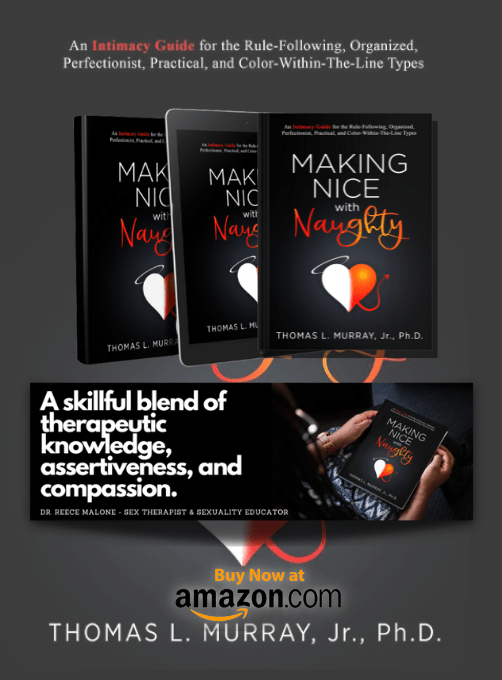Rethinking Psychological Resilience
Traditional psychotherapy primarily focuses on healing trauma, managing stress, and fostering resilience. However, resilience—the ability to recover from adversity—may not be the most optimal therapeutic goal. What if, instead of merely “bouncing back,” individuals could leverage stress and uncertainty to become stronger, more adaptable, and thrive in the face of challenges?
This is the fundamental premise of antifragility, a concept introduced by Nassim Nicholas Taleb in Antifragile: Things That Gain from Disorder. Taleb argues that certain systems, organisms, and individuals benefit from stressors, unpredictability, and even chaos—not just survive them. By applying this concept to psychotherapy, we introduce Antifragile Psychotherapy, a transformative model that harnesses adversity to promote deep psychological growth.
The Antifragility Framework: Beyond Resilience
From Fragile to Robust to Antifragile
To understand the role of antifragility in psychotherapy, we must distinguish between three key states:
- Fragile individuals: Vulnerable to stress and easily broken by adversity.
- Robust individuals: Resistant to stress but remain unchanged by adversity.
- Antifragile individuals: Leverage stress as fuel for growth and transformation.
Traditional therapy often aims to make individuals robust, equipping them to withstand life’s challenges. However, true transformation occurs when individuals become antifragile—where they actively gain from difficulties instead of merely enduring them.
Core Principles of Antifragile Psychotherapy
Antifragile therapy is built upon five core principles that set it apart from conventional approaches:
1. Exposure to Uncertainty as a Therapeutic Tool
Conventional therapy often seeks to reduce distress and enhance emotional stability. In contrast, antifragile therapy embraces controlled exposure to uncertainty to cultivate adaptability.
- Example: Instead of avoiding anxiety-provoking situations, therapy may incorporate Radically Open Dialectical Behavior Therapy (RO-DBT) or exposure therapy for perfectionism, encouraging clients to confront and tolerate uncertainty.
- Therapeutic Goal: Help clients develop a tolerance for ambiguity and unpredictability, allowing them to embrace uncertainty rather than fear it.
2. Productive Stress: The Role of Adaptive Challenges
Rather than eliminating stress, antifragile therapy leverages hormetic stress—small, manageable stressors that stimulate psychological growth.
- Example: A client with social anxiety may be encouraged to gradually engage in socially challenging situations, increasing self-efficacy rather than overwhelming them.
- Therapeutic Goal: Reframe stress as a catalyst for transformation, rather than something to be eliminated.
3. Learning from Failure: Psychological Growth Through “Small Shocks”
Failure and setbacks should not merely be processed and recovered from; they should be leveraged as tools for adaptation and self-improvement.
- Example: While Cognitive Behavioral Therapy (CBT) often reframes negative experiences, antifragile therapy actively encourages clients to engage in situations where they might fail and learn from it.
- Therapeutic Goal: Shift failure from a source of shame to a source of strength, integrating lessons from setbacks into future growth.
4. Nonlinear Growth: The Power of Disruptive Change
Psychological growth in antifragile therapy is not linear. Instead, small interventions can have disproportionate effects, and progress often unfolds in unexpected leaps.
- Example: A therapist might introduce disruptive elements into a client’s rigid routine, challenging their perfectionistic tendencies and fostering new behavioral patterns.
- Therapeutic Goal: Encourage nonlinear growth by strategically introducing disruptions that challenge cognitive and behavioral rigidity.
5. Psychological Optionality: Developing Flexible Strategies
A key feature of antifragility is optionality—having multiple pathways for adaptation and success. Therapy should cultivate flexible coping strategies rather than over-reliance on a single mechanism.
- Example: Instead of solely using deep breathing for anxiety relief, clients might be encouraged to explore humor, curiosity, movement, or mindfulness.
- Therapeutic Goal: Cultivate adaptable thinking that allows individuals to thrive in different situations.
Practical Applications of Antifragile Psychotherapy
1. Treating Anxiety and Perfectionism
Perfectionism and anxiety disorders are often marked by rigid control strategies and avoidance of uncertainty. Antifragile therapy exposes clients to controlled imperfection, disorder, and ambiguity.
- Intervention: Engage clients in “anti-perfectionism challenges”—intentionally making minor mistakes and embracing uncertainty in decision-making.
- Outcome: Clients develop a more flexible, adaptive mindset, reducing compulsive control-seeking behaviors.
2. Trauma Recovery and Post-Traumatic Growth
While trauma is often viewed through the lens of damage and pathology, antifragile therapy frames trauma as a potential catalyst for profound growth.
- Intervention: Therapy emphasizes new strengths and perspectives emerging from adversity, rather than solely focusing on “healing wounds”.
- Outcome: Clients redefine themselves not as victims of trauma, but as individuals who have harnessed difficulty to evolve.
3. Depression: Harnessing Disruption to Break Stagnation
Depression is often linked to stagnation, overcontrol, and learned helplessness. Antifragile therapy introduces novelty, challenge, and controlled unpredictability to break this cycle.
- Intervention: Encourage engagement in new, unfamiliar activities and safe risk-taking.
- Outcome: Dynamic, non-repetitive stimuli counteract cognitive and behavioral rigidity, reducing depressive symptoms.
The Therapist’s Role: Becoming an Antifragile Guide
An antifragile therapist does not simply protect clients from stress but rather facilitates challenge and transformation. Their role is to:
- Help clients reinterpret stress and uncertainty as opportunities for growth.
- Encourage controlled exposure to manageable stressors rather than excessive avoidance.
- Introduce strategic disruptions that challenge rigid thinking patterns.
- Foster resilience by reinforcing the idea that setbacks are integral to personal evolution.
Conclusion: A Paradigm Shift in Therapy
Antifragile Psychotherapy represents a revolutionary shift from traditional therapeutic models. Instead of striving to minimize distress, uncertainty, and risk, it actively embraces them as pathways to psychological transformation.
By cultivating psychological antifragility, individuals do not merely survive challenges—they adapt, innovate, and emerge stronger. This approach redefines mental health not as the absence of hardship, but as the ability to thrive within it












